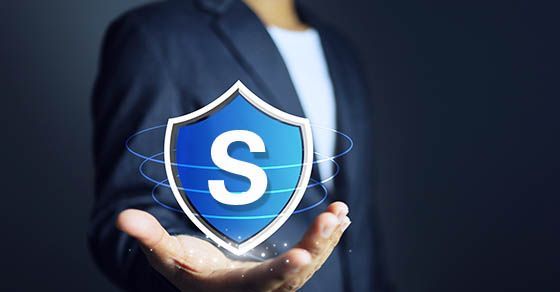2 options for creating a charitable legacy: Lifetime gifts and charitable bequests at death
Incorporating charitable giving into your estate plan can be a thoughtful and strategic way to support causes you care about while also achieving estate planning objectives. Whether you’re driven by philanthropic goals, legacy planning or financial considerations, planned giving can be an effective tool if you’re seeking to make a lasting impact.
You generally have two options for making charitable donations: lifetime gifts or charitable bequests at death. Be aware that each approach has its pros and cons.
Lifetime gifts vs. charitable bequests
Lifetime gifts allow you to enjoy the fruits of your philanthropic efforts while you’re alive. Charitable bequests, on the other hand, can be a great way to create a legacy. The latter may also be preferable if you’re not comfortable parting with too much of your wealth during your lifetime.
From a tax perspective, charitable bequests may have certain advantages over lifetime gifts. When you leave money or property to a qualified charity in your will, your estate may be eligible for an unlimited estate tax charitable deduction.
Lifetime gifts, on the other hand, offer both income tax and estate tax benefits. Not only are you entitled to an immediate income tax deduction (subject to applicable limits), but the value of the money or property (plus any future appreciation) is removed from your taxable estate.
Of course, estate tax liability is an issue only if the value of your estate will exceed the federal gift and estate tax exemption. For 2025, the exemption amount is $13.99 million. With the passage of the One, Big, Beautiful Bill Act, beginning in 2026, the amount is permanently set at $15 million and will be adjusted annually for inflation.
Factor in the estate tax charitable deduction
If you wish to make charitable bequests in your will, and estate tax liability is a concern, careful planning is needed to avoid pitfalls that can jeopardize the estate tax charitable deduction. Generally, the gifted assets must be:
- Included in your gross estate,
- Transferred by you through your will, and
- Donated to a qualified charity.
If you give your executor or beneficiaries the discretion to distribute assets to charity, those gifts won’t qualify for the estate tax charitable deduction. However, beneficiaries may qualify for an income tax deduction.
The charitable bequest must be “ascertainable” at the time of your death; otherwise, the estate tax charitable deduction may be denied. Generally, that means a qualified charitable recipient must be specified in your will. Note: It may be possible to make a bequest to an unnamed charity depending on applicable state law.
The amount of the bequest must also be specified. That means your will must leave a certain dollar amount, a specific asset or a percentage of your estate to a charity. It’s also possible to leave the estate’s residue — that is, the amount left after all assets have been distributed to heirs and final expenses have been paid — to a charity.
A common pitfall in drafting charitable bequests is the failure to properly identify a qualified charitable recipient. Even if the bequest is correct at the time you draft your will, things can change over time. For example, a charity may change its name, merge with another organization, lose its tax-exempt status or cease to exist. For this reason, name one or more contingent charitable beneficiaries in the event the primary charitable beneficiary can’t accept the donation.
To ensure that charitable donations are effectively integrated into your estate plan, contact us. We can review your plan to determine that your intentions are clearly documented, tax-advantaged and legally sound. This not only protects your legacy but also maximizes the benefit to the organizations you care about.
© 2025










